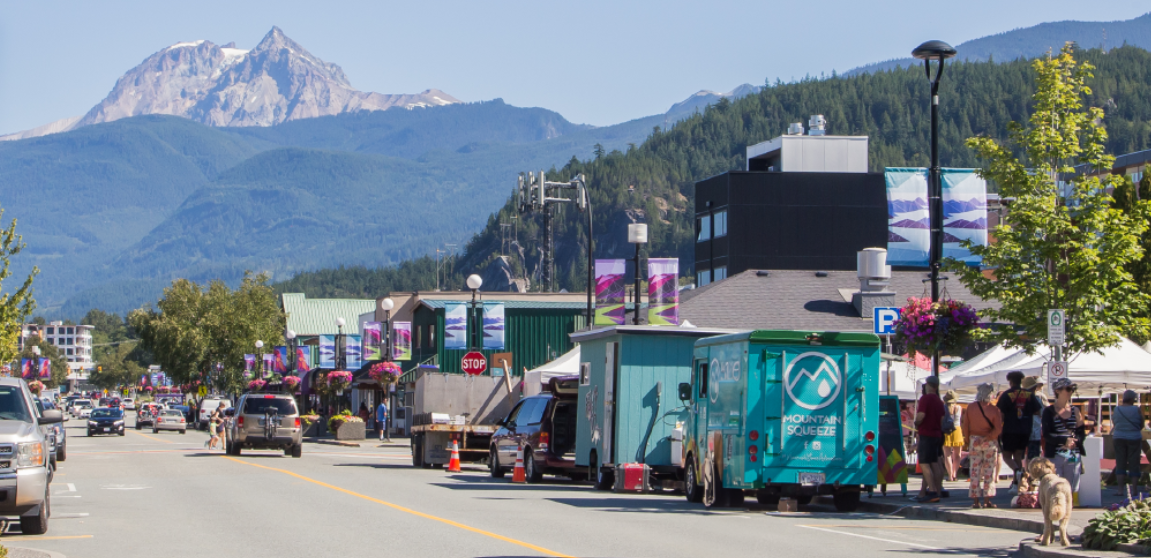
District of Squamish plans to introduce paid parking on Cleveland and Second Ave in Downtown Squamish and a resident parking permit program.

District says paid parking will improve parking turnover, reduce congestion and encourage people to walk, bike and use transit. Residents can expect to see paid parking by winter 2025. According to the budget documents, paid parking will cost $600,000, which includes physical infrastructure and IT costs. The district aims to earn $865,000 from paid parking in 2026.
The District did a parking study two years ago recommending a paid parking program for Downtown Squamish. Squamish Council has also identified paid parking as a priority. The 2023 Downtown Parking Study was presented to the Council on September 12, and the Council passed a motion directing staff to work on paid parking in Downtown Squamish.
The District communication team recently responded to a query from a downtown employee.
“The idea of paid parking is being explored for Cleveland and Second Avenue to help support the turnover of spots for the customers of local businesses and services,” the communications team said. “While employees may understandably want to park close to their place of work, there is parking capacity on other Downtown streets (e.g. Third Avenue and the cross streets from Third over).”
The official said employees who must work an entire shift can park their cars a few blocks away without fear of receiving a parking ticket. The District is also preparing a survey where downtown residents and businesses can share information about their needs and opinions on this subject. It is expected to launch in early November.
A consultant’s survey of parking showed that the downtown commercial area of Squamish, specifically along Cleveland Avenue and Second Avenue between Main Street and Pemberton Avenue, is starting to have nearly complete parking. Occupancy rates range from 67% on weekdays to 76% on weekends. Some blocks in this commercial area (like Victoria Street and Winnipeg Street between Cleveland Avenue and Loggers Lane) have extended parking stays, low turnover, and frequent violations of time limits, the consultant noted.





Eric Armour says
What is the BIA’s stance on this article, as well as malls close to, but outside of the BIA boundary?